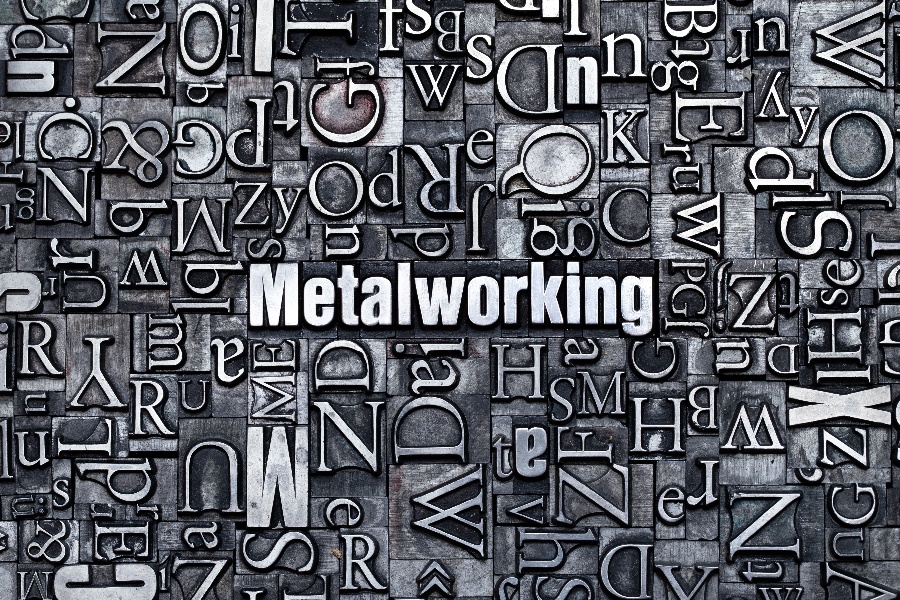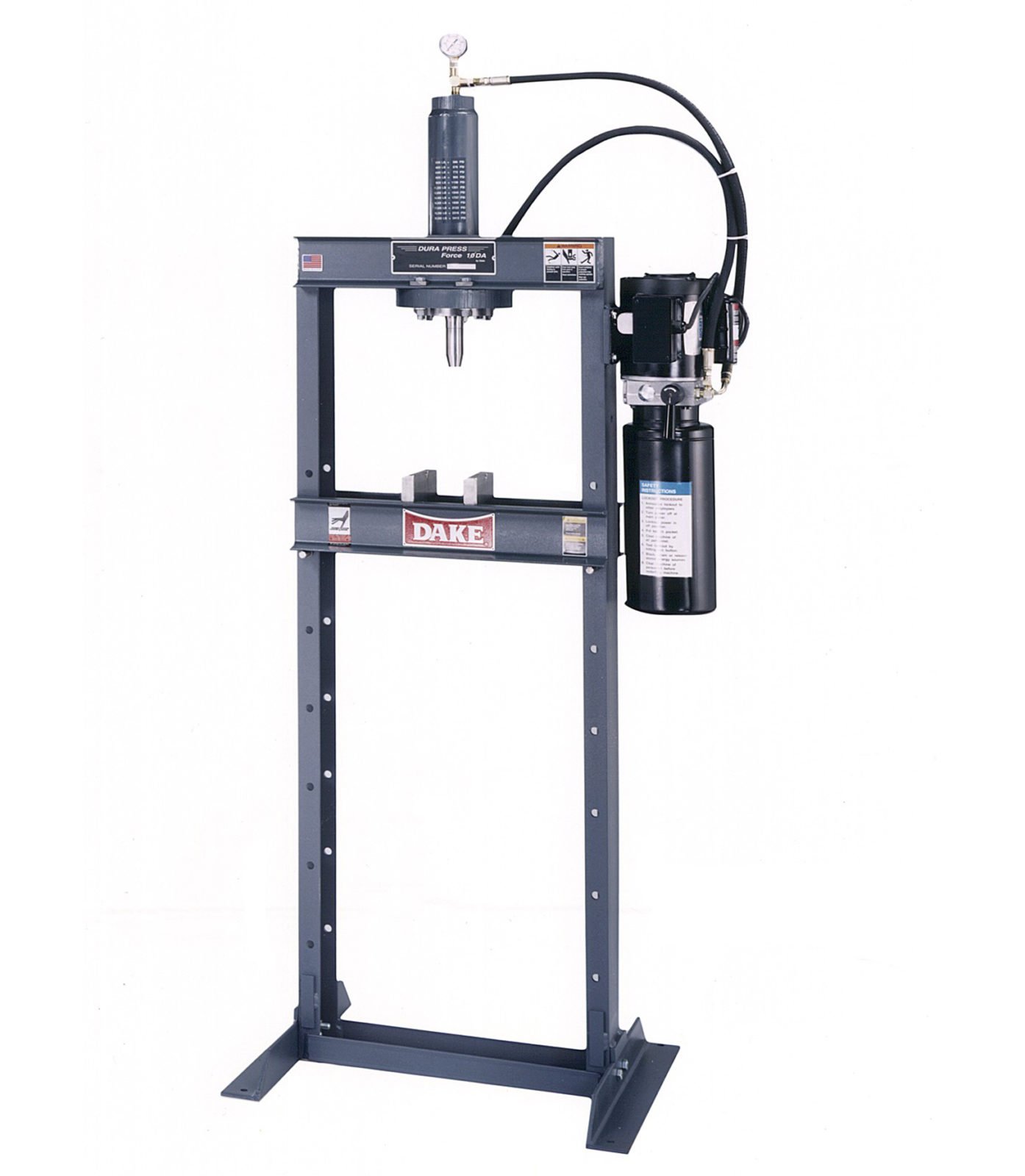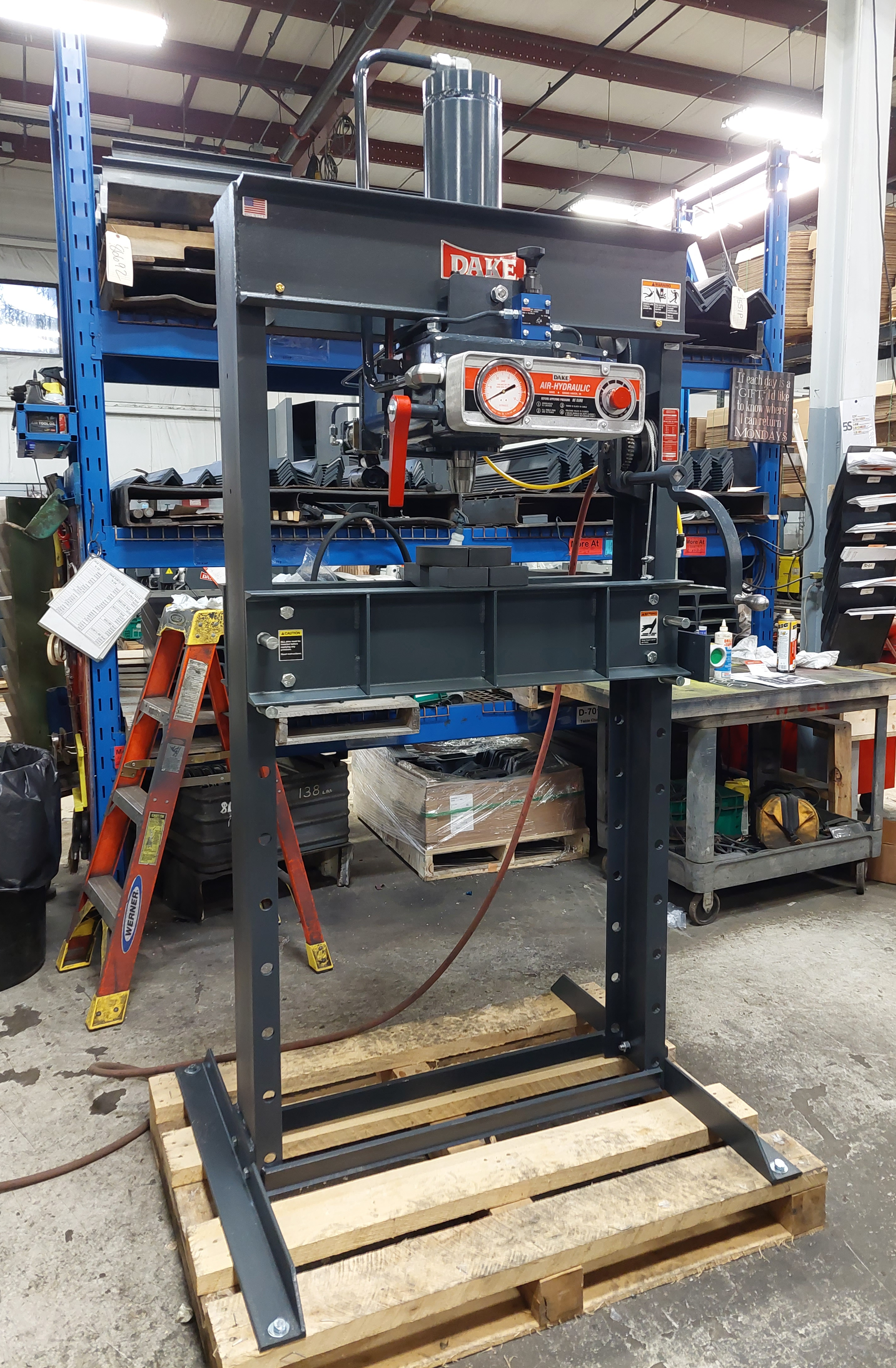The decision-making process can present many make-or-break moments in any business. For your metalworking business, the decisions you make can impact various stages of production.
Therefore, think about both short- and long-term goals in order to make the right calls.
There is more than one step to consider in any decision-making process, and our experts at Dake are here to help you see past the immediate results of an action and look a little further into the future.
Phase One: Grow a Customer Base
Building a profitable customer network takes time and dedication. Some folks go into business thinking that if they make the products, customers will come. That is not always the case unless you are extraordinarily lucky.
Having products in your stock inventory won’t do you much good unless you can move them. To make the best decisions to grow your customer base, you must go through two decision-making stages.
Stage 1: Understand your metalworking shop’s current workload and the sustainability of that workload. This is the part where you work on building customer relationships by consistently meeting expectations and producing high-quality metalwork.
It takes time to build this kind of trusting relationship, and many business owners can get stuck in this stage of decision-making. However, there is a way to grow your customer base exponentially if you can look beyond stage one.
Stage 2: This stage of the customer networking phase involves studying the market segments and looking for long-term growth opportunities with the same customers.
One-time customers are fine as long as they make up a small part of your workload. The goal you should be aiming for is to secure long-term, on-going projects that can keep your metalworking machines running and your profits climbing.
The best way to optimize your customer network growth is to understand exactly what your customers want and how their needs fit into your business strategy. Make use of statistics to help you decide the next steps in your growth plan.
For example, if your workshop has one laboratory press and five drill presses, you’ll want to bring in customers who need drilling work done more than customers who occasionally want something molded or laminated. While you certainly have the ability to mold or laminate, your main goal should be to get all those drill presses working.
The same principle should apply to any other metalworking machines you have in your shop. Not every customer will fit into your business plan, and that is okay.
Phase Two: Hire the Right People
If you are looking to expand your metalworking business, then you will need to make some very important decisions during the hiring process.
You will also need to come up with a list of company policies and create a handbook for your employees to refer to as needed.
Once you’re ready to begin hiring, you will be faced with two primary types of metalworkers:
- experts with years of experience, and
- novice workers with fresh eyes and a thirst for learning.
A solid business will have a good mix of both. While it may be tempting to only hire applicants with 10+ years of experience under their belts, we highly recommend bringing people with varying levels of experience into the fold.
As long as the passion for metalworking is there, less experienced workers will most likely be eager to learn more about the skills involved in creating metal products.
Phase Three: Upgrade the Machines
Unless you have a solid investment to get started with a large operation, many people start their metalworking business in a small shop or out of their garage with one reliable machine.
However, different projects require different processes, which may mean expanding your shop to include more metalworking machines. There are two decision-making phases for purchasing equipment.
Stage 1: The first stage is to buy what you need. However, you shouldn’t stay in this stage for very long. The goal is to expand your business, not stay at the same level.
Stage 2: Once you start thinking about your long-term goals and where you want your business to go, you can begin upgrading your machines accordingly. If you have struck a deal with a new client that requires you to keep the machines running consistently throughout the workday, then you need to invest in a hydraulic press (or two).
Reminding yourself about your business goals will help you determine the most appropriate decision business-wise when it comes to the machines you should invest in.
The best thing about Dake is that our products are built to last. You don’t have to worry about our machines breaking down or halting production in any way. We’ve been in the business of building metalworking machines since 1887.
You can still find our vintage arbor presses being used to this very day. Built out of sturdy cast iron and with minimal moving parts, your Dake metalworking machine will work perfectly as long as it is properly maintained.
If you do happen to need a replacement part, we can help. Since we manufacture our machines in our factory, we can easily reproduce whatever part you need to replace. Furthermore, we also manufacture custom metalworking machines to suit whatever project you are taking on.
Get in touch with our experts, and they will work with you on the requirements for your next project.
Phase Four: Shop Layout
Every metalworking shop has to start somewhere. If you are operating in a limited capacity, then you’ve probably been sticking machines wherever you could squeeze them. However, this is not optimal.
If you feel that you are outgrowing your current space, look for a larger facility as soon as possible. Having a larger workshop with room to work comfortably is safer for your workers, and it helps to improve the workflow.
After you have been in business for some time, you can get a better idea of how the traffic flows within your workspace. The next decision you should make is how to optimize the shop layout to accommodate new clients and to improve efficiency.
Get in Touch
Want to learn more about our metalworking machines here at Dake? Get in touch with our team of experts today.
-1.jpg?width=1200&height=525&name=DAKE003_%20Logos_Red%20(002)-1.jpg)

.jpg)

